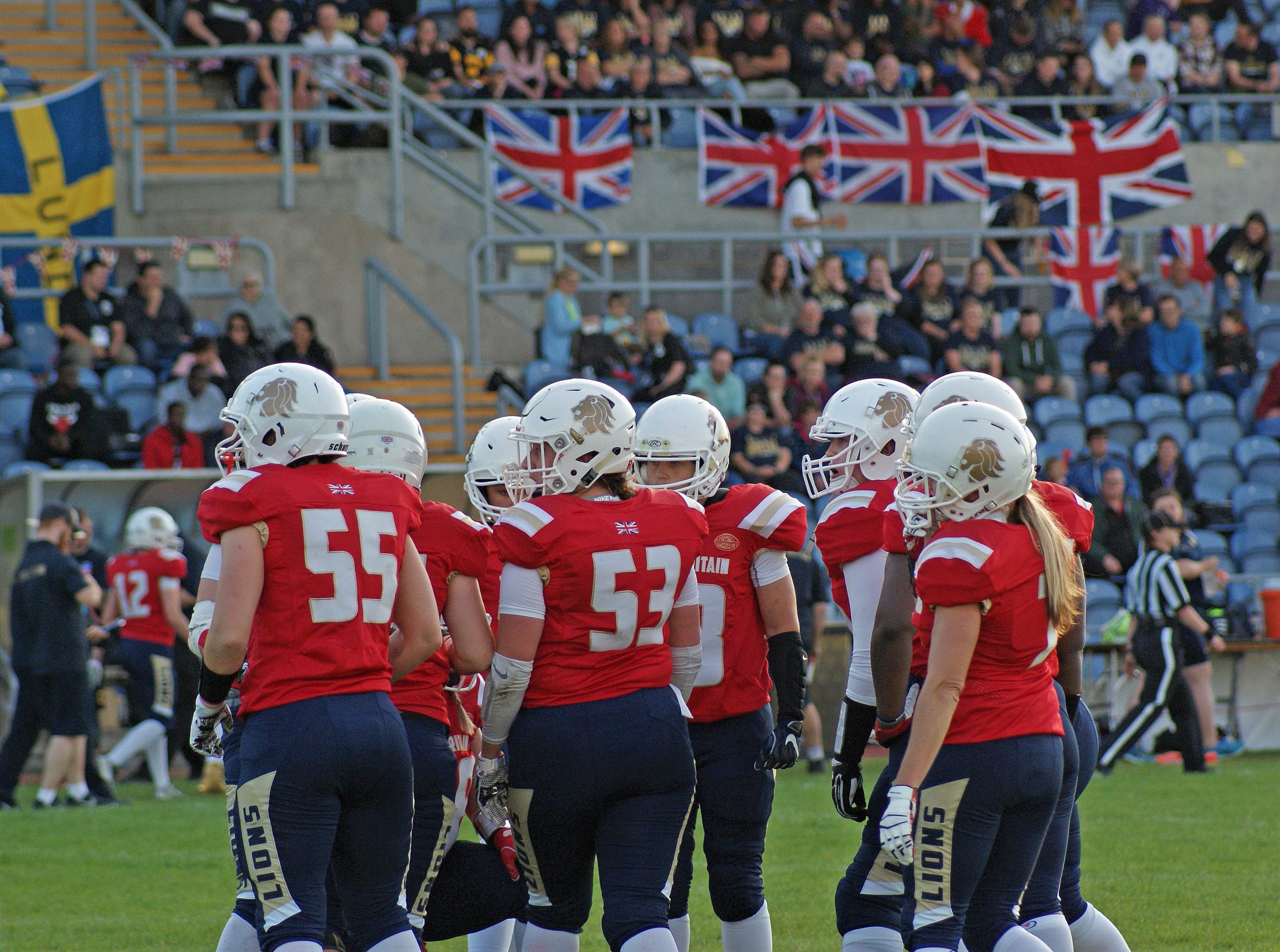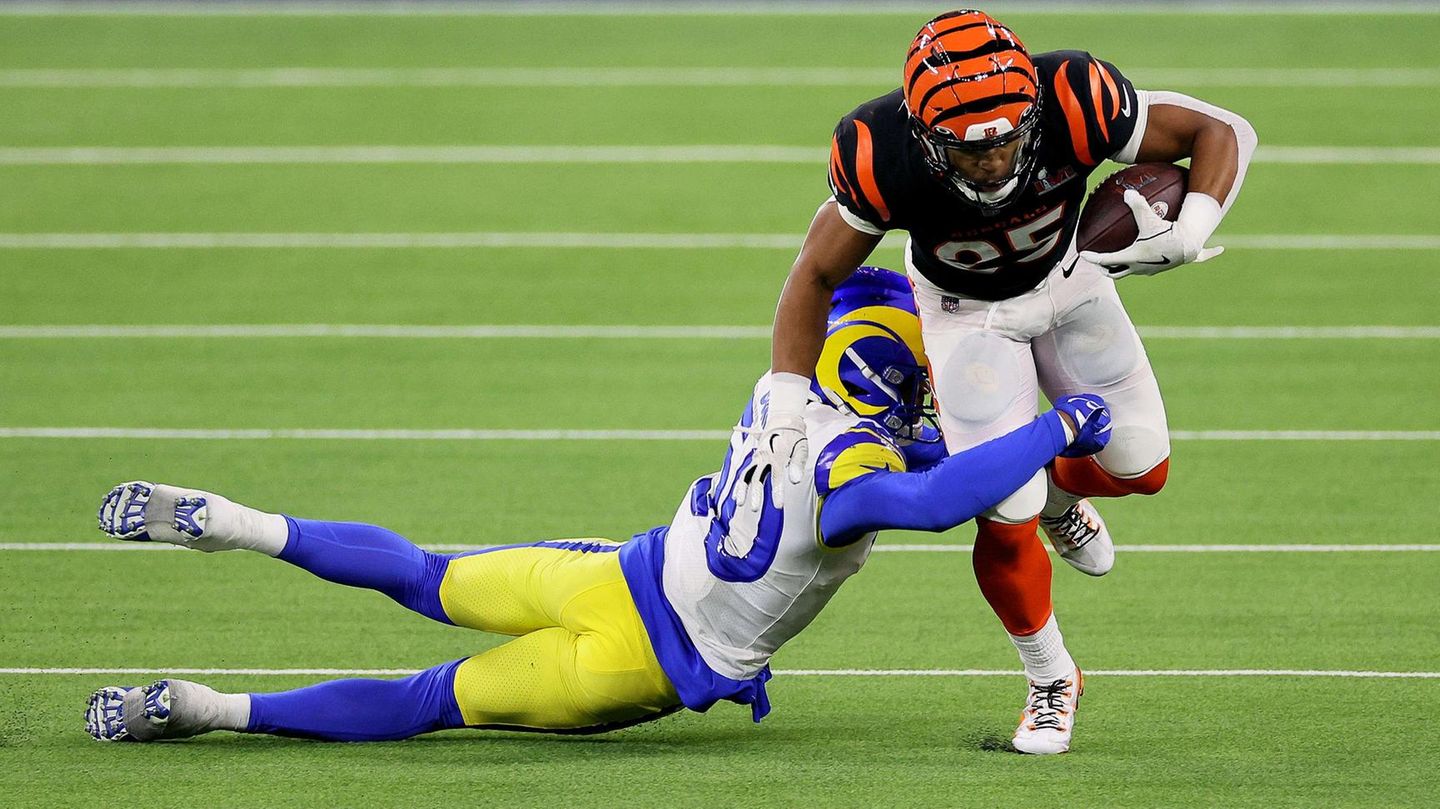
Content
- Regulation 4 Video Game Timing - What channel is the Clemson game on
- Main Signals - What channel is the Clemson football game on
- Defensive Penalties - Is the Clemson football game on tv today
- Fouls And Their Charges - What Channel is Clemson game
- Racking Up
- Reasonable History of American football - Clemson football channel
Regulation 4 Video Game Timing - What channel is the Clemson game on
History Of American Football & Exactly How It Began
Football is among one of the most interesting as well as electrical sporting activities currently being played by athletes. It's been a lengthy roadway to reach where we are today. Football has actually taken control of the USA as one of the mainstream sporting activities. It initially began as a video game of rugby as well as football integrated. It has since evolved and also remains to expand. In this write-up, we will certainly break down the background of Football and also just how it's progressed throughout the years.
Early Days In Football
The track record as well as background of football have actually constantly been referred to as a ground as well as extra pound sporting activity. Nonetheless, over the years, it's slowly starting to end up being a skill video game on offense instead of the old-school ground as well as pound style of gameplay-- with the most recent innovation on offense occurring in the past two decades. Exactly how did we get to this factor of spread offenses as well as quick/speed players as opposed to the big-on-big style of play? Let's check out the earliest piece of video footage that we could dig up.
Offending Innovation Timeline
It wasn't up until 1906 that the forward pass was legislated. Dan Riley caught the very first completion (tossed by George Parratt). This unlocked for the infraction, requiring defenses to cover all 53.3 lawns of the field. This enabled offenses to relocate from a typical tight formation to have 1-2 receivers divided large to optimize area and big-play possibilities. Between 1909-1912, the policies board altered a couple of racking up plays. Touchdowns were changed from 5 points to 6. Basket were likewise transformed from initially 4 indicate 3.
- Naturally, the outdoor field didn't fit inside, so rather they reduced the area to 80-yards long by 45-yards wide.
- Whether any type of part of the round damaged the plane of the objective line while in gamer possession and before the sphere must have been stated dead.
- An individual nasty after a fair-catch signal is imposed from the spot of the nasty.
- Any kind of variety of replacements might enter the field of play or the end zone while the round is dead.
- When an evaluation is initiated, all reviewable facets of a play may be taken a look at and undergo alter, also if not the particular factor for the obstacle.
- The guideline was formally taken on for the 2012 period, and the initial video game in which both groups racked up in overtime was a 43-- 37 success by the Houston Texans over the Jacksonville Jaguars on November 18, 2012.
- The yardage range for any kind of charge might be decreased, despite the fact that the fine is approved.

Blink onward to February 25, 1933-- The forward pass is legalized from anywhere behind the line of scrimmage. We're now seeing lateral passes, swing passes, "now" routes, and plays designed to obtain athletes precede rapidly. 1938-- Roughing the Passer was instilled. Quarterbacks are now secured after they throw the football. The guidelines committee recognizes exactly how important the setting is as well as mutually concurs that the QB can not be touched after he tosses. 1943-- Sammy Baugh led the organization in passing, interceptions, and also punting. 1947-- Including an additional authorities, The Back Judge-- This may not look like a major guideline change. However, the field was now surrounded by umpires. Each umpire currently had a details location they would certainly watch, allowing them to concentrate on and also tighten their fine sight.
Defensive Fines - What channel is the Clemson football game on
1950-- Unrestricted replacements made use of to be just 3 men at once. Teams are currently utilizing workers sets based on down as well as range. The goal line as well as short-yardage ground and also extra pound begin to develop as teams can now be more creative with how they manuscript their strategy. January 18, 1950-- No Tackle Guard or Facility is qualified to catch a pass. This guideline seems a bit late as the round has actually been sent out with the air for nearly twenty years considering that this rule was set in area. 5 eligibles are uncompromising, and also players are currently designated by size, toughness, and also rate. 1952-- The Pittsburg Steelers are the last team to abandon the single-wing offense. Instead (like every other group in the organization at the time), they embrace the "T" formation. 1955-- Guideline change which notes a gamer is down if touched by a protector and any part of his body (excluding hands are feet) hit the ground. This assisted make clear when the sphere was dead.

1972-- Hash marks were moved originally from 15 backyards from the sideline to 23.1 backyards from the sideline. Out of all the regulations changes on the list, this is one of the more important adjustments. For recommendation, secondary school hash marks are 17.8 yards from the sideline. When the round is lacked bounds, the sphere is placed on the hash. This gives the crime 35.6 backyards of field to run plays to the field or open side (with only 17.8 backyards to the limit or the closed side of the field). The 35.6 backyards permit the violation to have more space to run/pass to the open side of the area. Nevertheless, as discussed, in 1972, the hash marks were relocated to 23.1 backyards. This implied the game is played more in the middle of the area (the center point of the field from the sideline is 26.65 backyards). It requires the defense to cover all 53.3 backyards of the area. Offenses like the West Coastline Violation were born, which had the ability to subject teams horizontally. This transformed the background of football (in the NFL) as we know it!
Introducing Pass Receiver
1974-- Contact with Qualified Receivers restricted-- Gamers were currently restricted from colliding with qualified receivers as they ran paths downfield. here This opened up the upright pass video game as receivers focused more on extending the area rather than evading protective backs. 1978-- 5 lawn contact regulation for edges. Enter Mel Blount. 6'3 205 extra pounds as well as one of the most physical edges the NFL has seen. Mel was notorious for packing receivers at the line of skirmish and seeing to it they wound up on the ground every play. Mel's style of play was instrumental in aiding alter the NFL as we see it today.